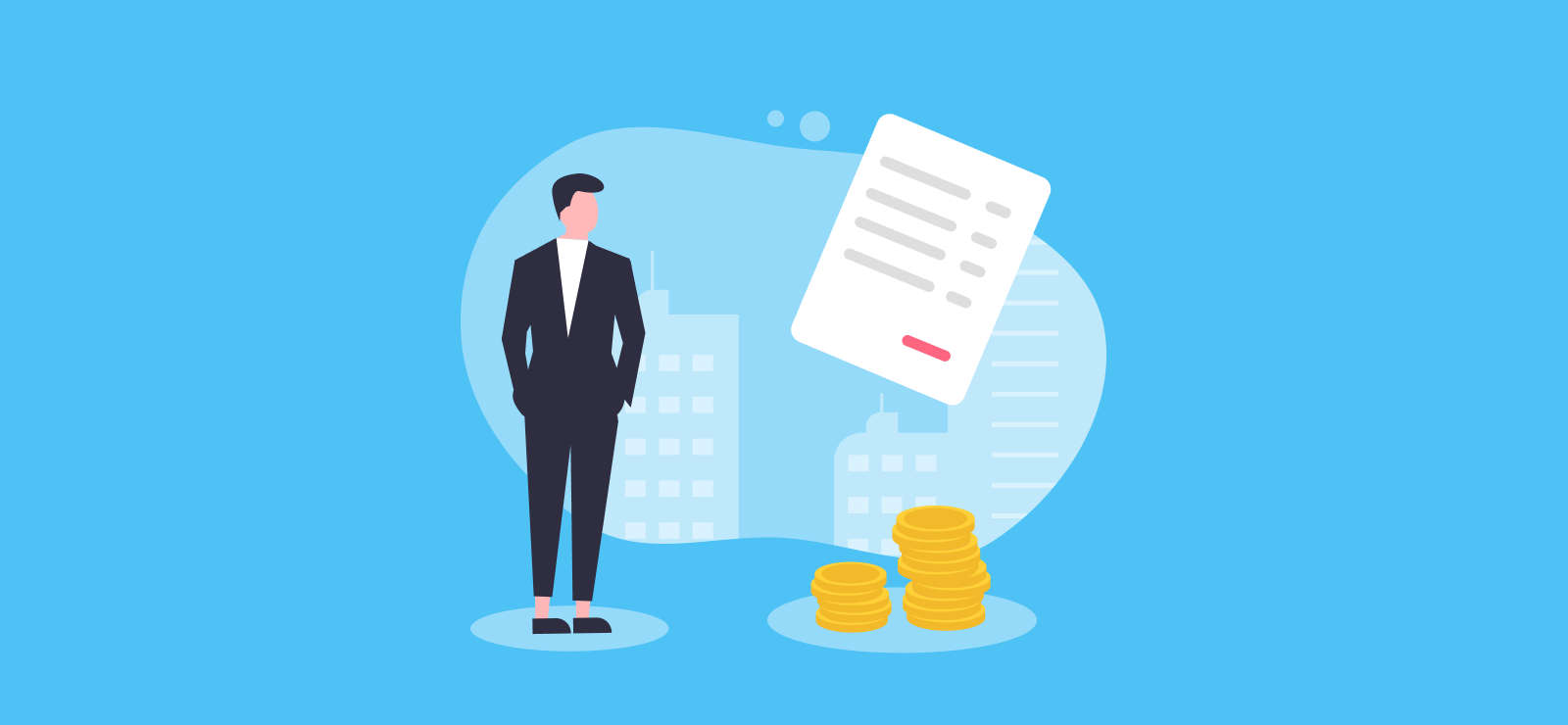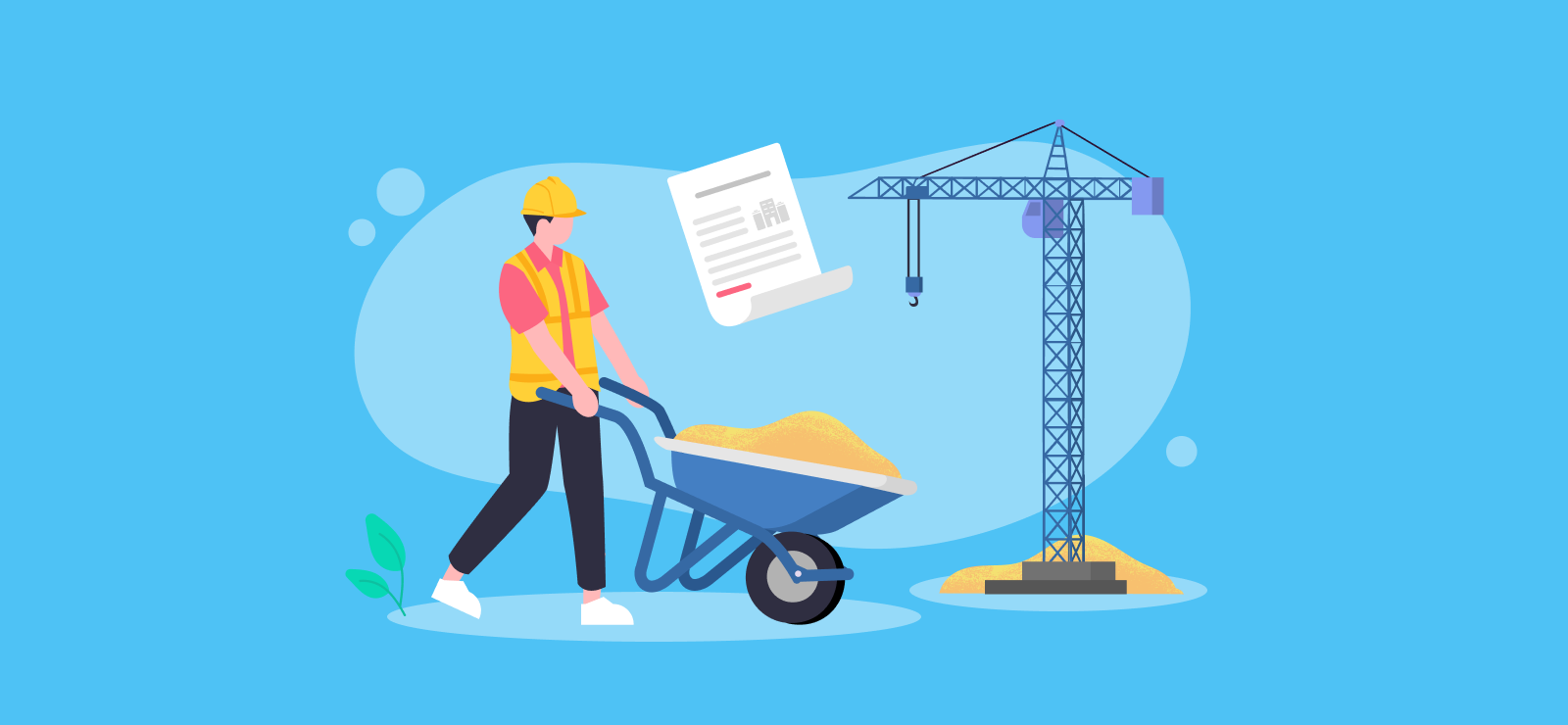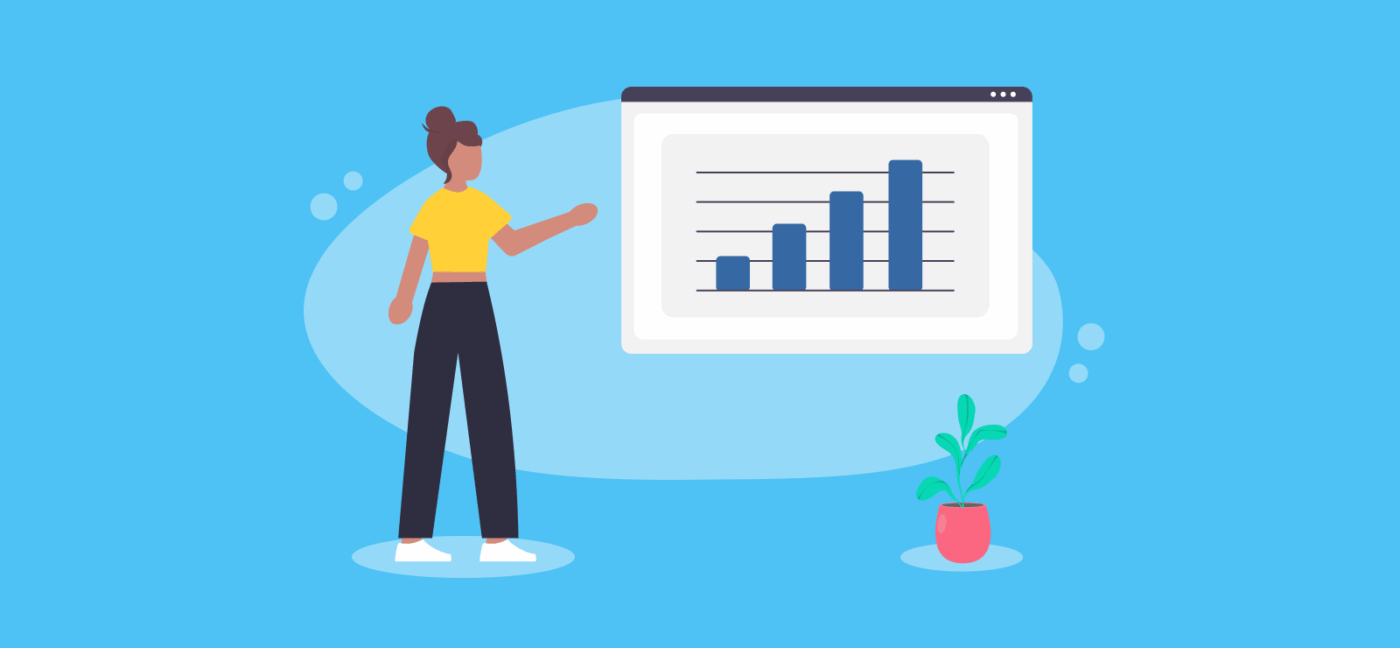

VAT on Cross Border Services and Digital Sales between the UK and EU
The rules for VAT on services and digital sales which cross the border between the EU and the UK can be a horribly complicated subject, so we’ll go over what the rules mean for UK businesses.
How does VAT work between the UK and EU?
VAT is charged based on where goods and services are supplied to. For example, this means that taxable goods going into France are subject to French VAT, even if they started out as an export from the UK. The same principle applies to services, which is why the place of supply is so important.
What is the place of supply for VAT?
When we talk about VAT, the place of supply is the location that you supply the service to. For example, a customer has a head office in Germany and a smaller base in France, and they buy services from you for their French offices. The place of supply is France, even though their head office is elsewhere.
The place that the service is liable for VAT tells us what rate of VAT is due, and which country’s VAT authority it should be paid to.
The export VAT rules you need to apply depend on whether you supply services to other businesses, or to consumers (who buy the services for their own personal use, not to use in a business).
Making cross border supplies of services to other businesses (B2B)
If you supply services to a business in another country, you won’t charge VAT on the sale. Instead, the business buying the service accounts for the VAT as a reverse charge when they submit their own VAT return. You’ll need to make sure that your invoices show exactly what services you provide, and where you supply them to, to make it clear why you didn’t charge VAT on the sale.
Making cross border supplies of services directly to consumers (B2C)
If you supply services directly to EU consumers (for their personal use, rather than being used in a business) the VAT that you charge will usually be determined by where the customer ‘belongs’. Because you’re supplying services to a customer in the EU, the supply is outside the scope of UK VAT. Again, you’ll need to be very clear on where the place of supply happens!
VAT on digital sales between the UK and EU
UK businesses used to be able to register for the VAT MOSS scheme, allowing them to submit a single VAT MOSS Return to account for the VAT on digital sales anywhere in the EU. With the UK no longer part of the EU VAT area this isn’t an option, and the process for collecting VAT on digital sales to EU and UK customers now depends on where the seller is.
UK businesses who sell digital services to consumers in the EU
If your UK business sells digital services to EU consumers, you have two options:
- Register for the VAT One Stop Shop in an EU country. You’ll need to register by the 10th of the month following your first sale.
- Register for VAT in every EU country that you sell digital services to. (Yes, ouch).
Sellers in the EU who sell digital services to UK customers
If you’re based in the EU and sell digital services to UK consumers, you’ll need to register for VAT with HMRC.
Digital sellers outside of the UK and EU
If you’re not in the EU or the UK:
- You’ll need to make a VAT MOSS registration in the EU so that you can sell digital services to EU consumers
- To sell digital services to UK consumers, you’ll need to register for VAT with HMRC
Talk to one of the team about online accounting services for businesses. Call 020 3355 4047, or get an instant online quote.
Want to learn more?
Subscribe to our newsletter to get accounting tips like this right to your inbox

Read more posts...

Reporting and Paying Corporation Tax
5th December 2025If you run a business in the UK then you might need to submit a Company Tax Return and pay Corporation Tax…
Read More
How to Deal With Tax as a Contractor in the Construction Industry
4th December 2025Contractors who operate in the construction industry might have several areas of tax they need to think about. You’ll have your own…
Read More
Company Name Registrations, Compared
4th December 2025The art of the company name. It’s a tough one to get right. Everyone wants to stand out, but developing the most…
Read MoreConfirm Transactions
The number of monthly transactions you have entered based on your turnover seem high. A transaction is one bookkeeping entry such as a sale, purchase, payment or receipt. Are you sure this is correct?
Please contact our sales team if you’re unsure
VAT Returns
It is unlikely you will need this service, unless you are voluntarily registered for VAT.
Are you sure this is correct?
Call us on 020 3355 4047 if you’re not sure.
Bookkeeping
You will receive our bookkeeping software Pandle for free, as part of your package.
You can use this to complete your own bookkeeping, or we can provide a quote to complete your bookkeeping for you.
Please select and option below:
Call us on 020 3355 4047 if you’re not sure.


Hi, what about UK business selling digits services to countries outside of the EU?
Hi Nick,
Thanks for your message. Outside of the UK, digital services wouldn’t be subject to UK VAT, but they might be subject to VAT in the country where the consumer is. HMRC have some information about place of supply rules on their website: https://www.gov.uk/guidance/the-vat-rules-if-you-supply-digital-services-to-private-consumers
If you want to chat with one of the team, just click the Live Chat button on your screen, or call us if it’s easier: 020 3355 4047.
All the best!
Elizabeth
Hi, a UK business not registerd for VAT would like to order a 3D design (e.g. in CAD file) from a freelancer in the EU country – does import VAT apply?
Hi Andy
VAT is a complicated one! If you call the team, we’ll try to help 🙂 We’re on 020 3355 4047.
Best wishes
Elizabeth
Hi Elizabeth,
Very useful article, thanks.
What about selling digital services from the UK to EU Businesses. Are the rules the same as selling to consumers?
Mark
Hi Mark You’re welcome – thanks for the feedback. Selling digital services from the UK to the EU businesses is subject to the reverse charge. This means that the seller won’t charge VAT on the sale, but you will need to make it clear to the buyer that the sale is subject to the reverse charge. The invoice will need to show what is provided, and where it’s supplied to. The business buying will then account for the VAT as a reverse charge on their own VAT return. I hope this is useful! Let us know if you need anything,… Read more »
Hi, I’m struggling to find a definition of “Digital Services”, what ‘they’ do, and don’t include, and what the VAT situation should be. I am based in the UK and sell software – a permanent licence – to clients in the UK and in the EU. I do not see this as a service as the client can operate the software in isolation from my company and the internet. If it is not a service, what is the VAT situation? Any help appreciated.
Hi John
Thanks for your message. This guidance from HMRC might help answer some of your questions: https://www.gov.uk/guidance/the-vat-rules-if-you-supply-digital-services-to-private-consumers
It includes definitions, as well as explaining ‘place of supply’ rules. If you still have questions, just let us know!
Best wishes
Elizabeth
Hi Elizabeth, thanks for the quick reply. I read through the doc and it seems that what we do is not ‘Digital Services’. Yes we supply software and updates over the internet, but it is not automatic and requires human intervention. So, based on that, can I assume that we do not need to register for VAT in the EU states and that our invoices to clients just need to show the ex-VAT pricing. Thanks for your help, John
Hi Elizabeth,
If EU Individual (VAT-registered in Spain) sells digital services to UK business (VAT-registered in the UK), should EU individual charge EU VAT?
Hi Tatyana
This isn’t something we usually advise on, as you’re based outside of the UK. The UK government’s guidance about VAT rules on the supply of digital services might be useful, or this information about supply between two companies.
Best wishes
Elizabeth
Hi Elizabeth.
Thank you for this useful information.
What is the threshold for registering for VAT in EU member states?
Hi Wendy
Thanks so much for your feedback. In answer to your question – it’s a bit of a complicated! It depends on where the business is based, where the customers are, and which countries are involved. This resource by Avalara is excellent, so that might help you as a starting point. Just let us know if there’s anything we can do to help.
Best wishes
Elizabeth